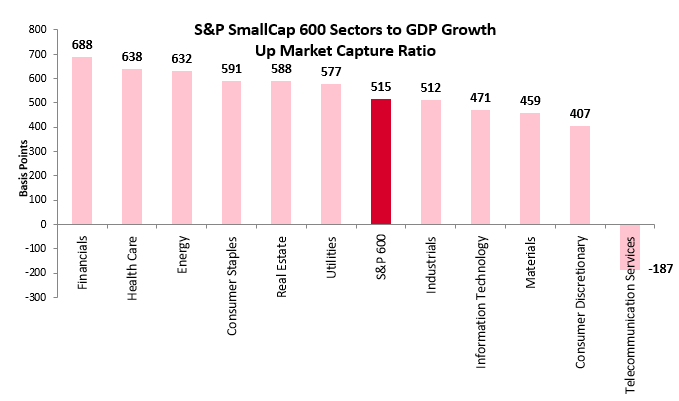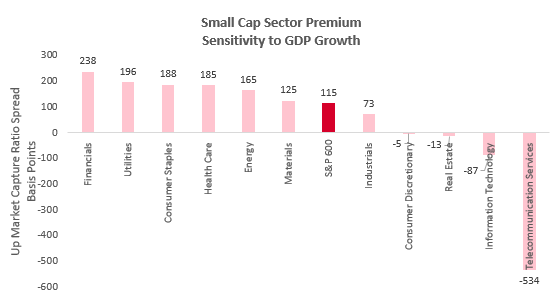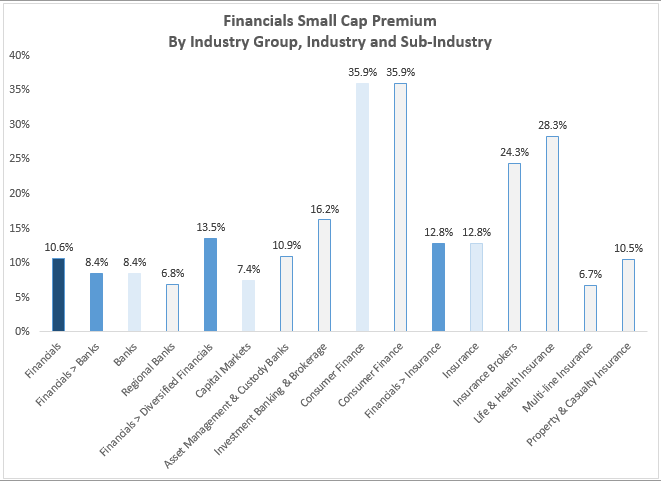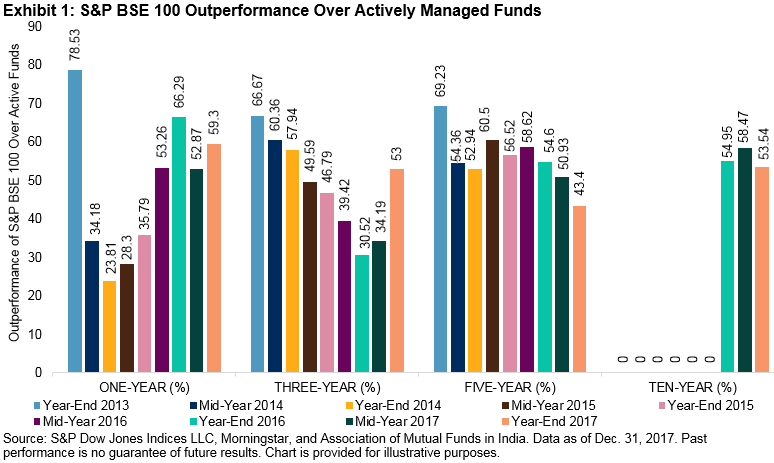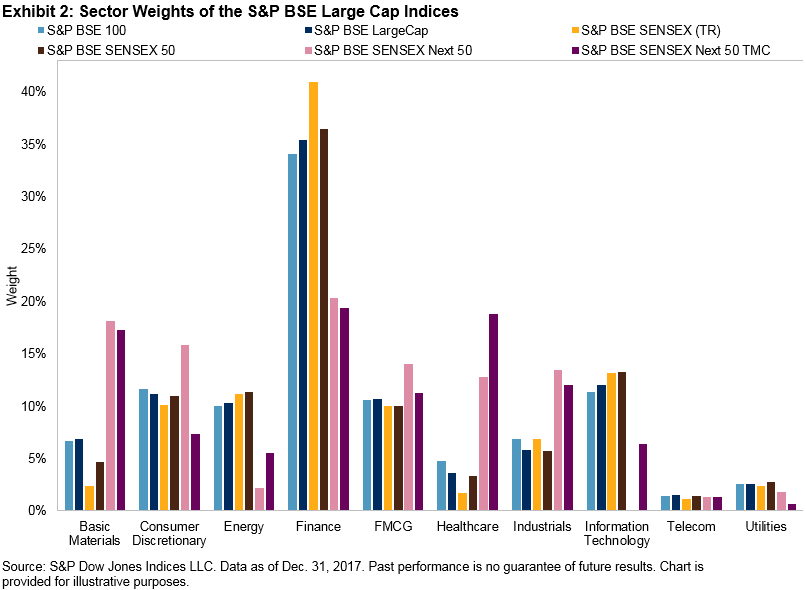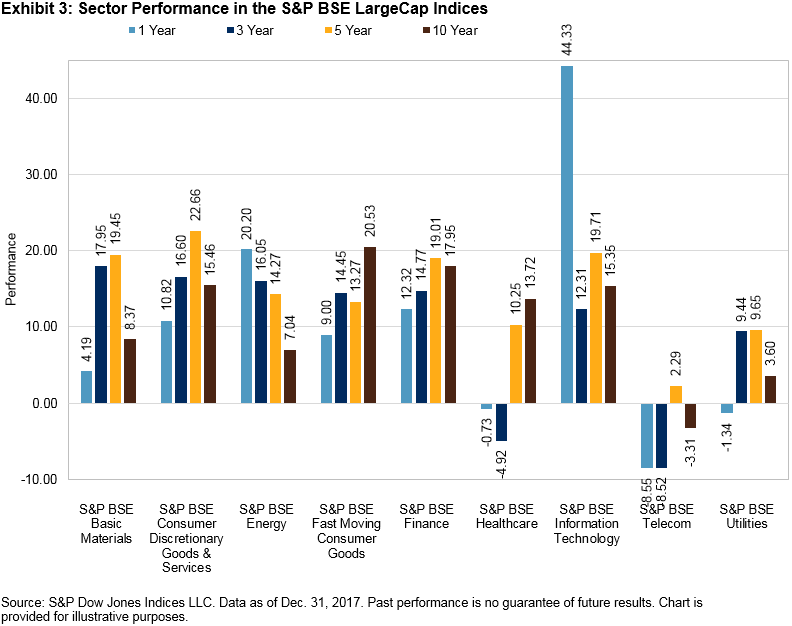By the close of trading on Thursday, July 26, 2018, shares in Facebook (FB) traded down almost $99 billion, or 19% of their market value. Despite FB’s beginning weight of 2.16%, the S&P 500® was almost flat, losing 0.30% on the day. I suspect you will not hear much about this from those who attempt to create an association between indexing and bubble building. However, for those looking to understand the market, as well as potential changes brought on through the adoption of indexing as an investment strategy, yesterday’s trading in FB shares offered several things to think about.
At the close of July 25, 2018, the S&P 500 included 2,398,606,000 FB shares, substantially all of the company’s shares outstanding. Their value of $217.50 each gave FB a market value of $521.7 billion. At the close of July 26, 2018, the S&P 500 still included the same 2,398,606,000 FB shares. The index did not “sell”, or “drop” in index parlance, one share of FB stock. Nevertheless, by the close of trading, FB was valued at $176.26 per share, or about $422.8 billion for the whole company.
On July 26, 2018, index funds that track the S&P 500 would have no need to sell FB shares, unless they were managing cash flows out of their funds. However, if they were engaging in such trading, they would likely sell proportionate amounts of all stocks in the S&P 500, not only FB. Therefore, if index funds were predominantly responsible for the dislocation in FB shares, the overall market would have sold off to a similar extent.
After the fact, some may draw the conclusion that FB was overvalued. While possibly true, it would not be the most helpful lesson to draw. When the company warned about slowing revenue and contracting margins, it was new information for shareholders to digest. If investors had overvalued the shares on their way up, it was not because of cap-weighted index funds. Those who estimate company value had been overly optimistic and needed to correct their forward-looking assumptions. In other words, active investors set the share price. Investing in market cap-weighted index funds does not create valuation dislocations in individual stocks or bubbles in the market in general. The evidence lies in Facebook
The posts on this blog are opinions, not advice. Please read our Disclaimers.




